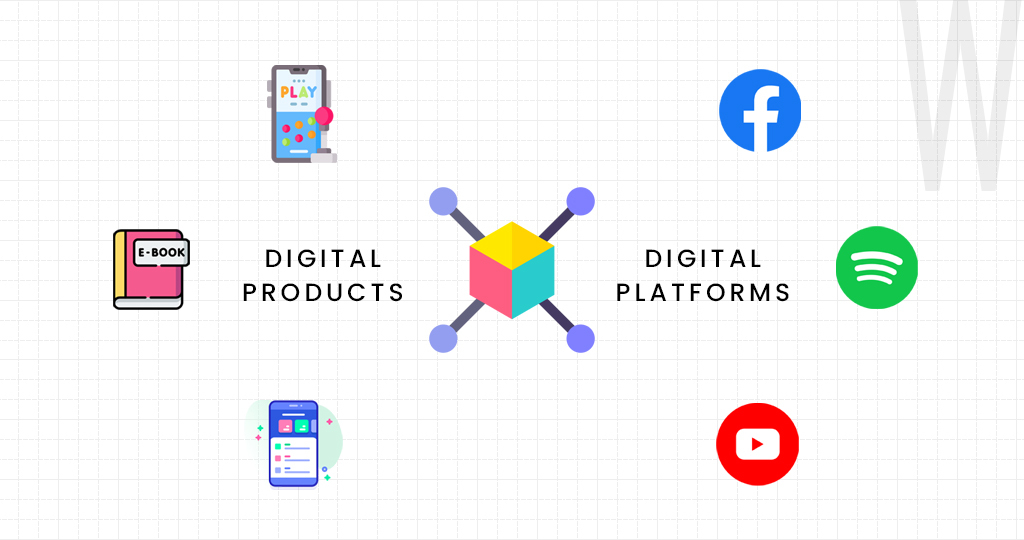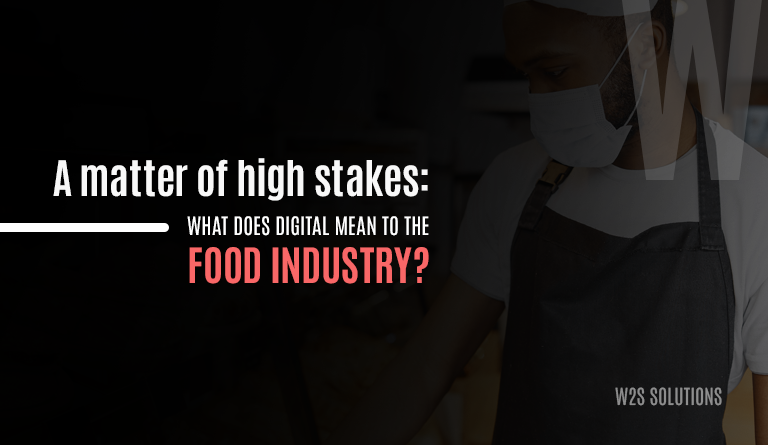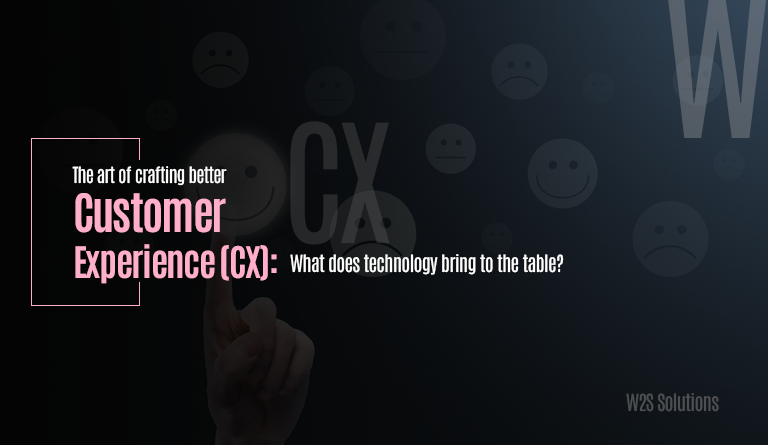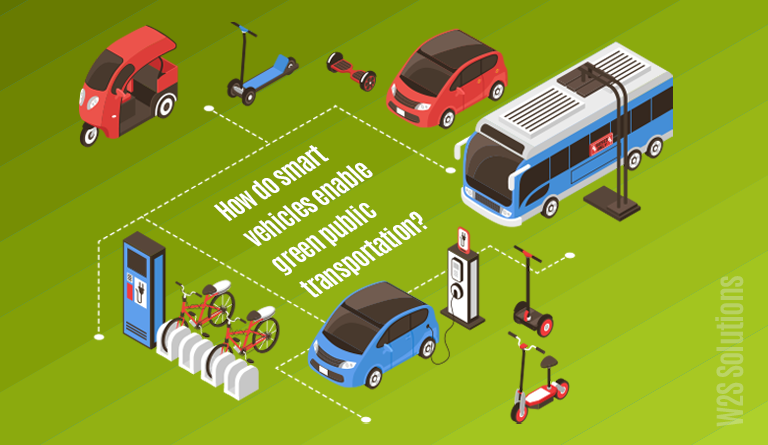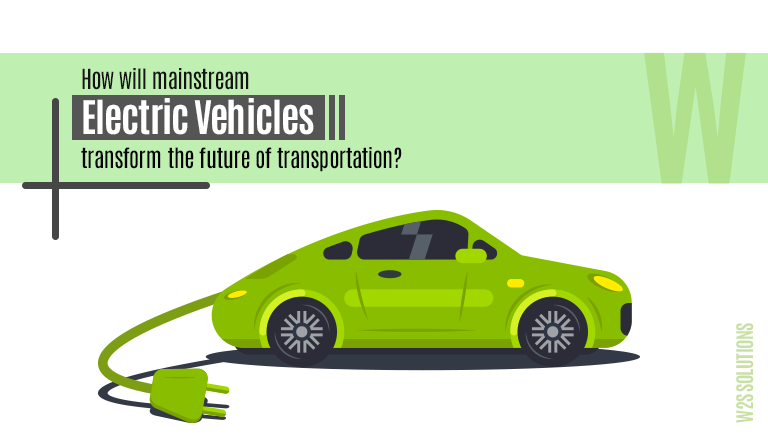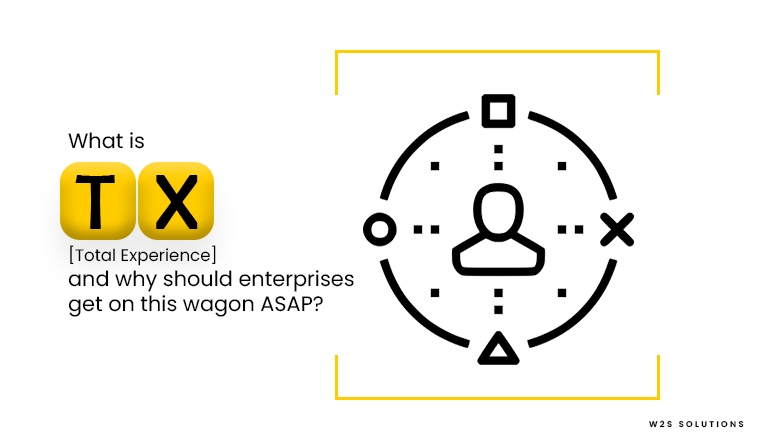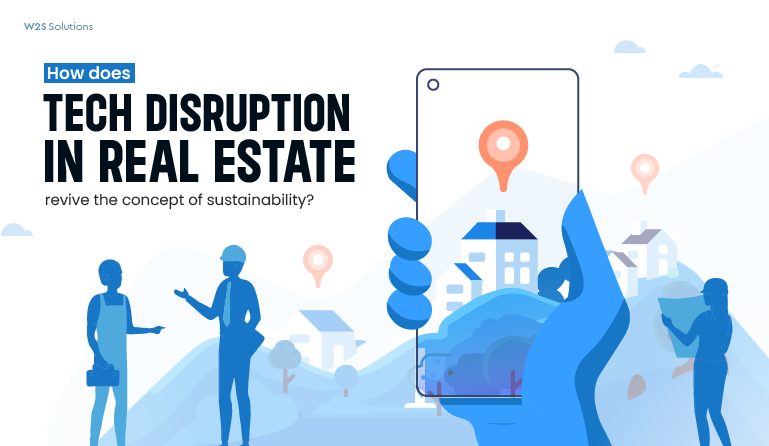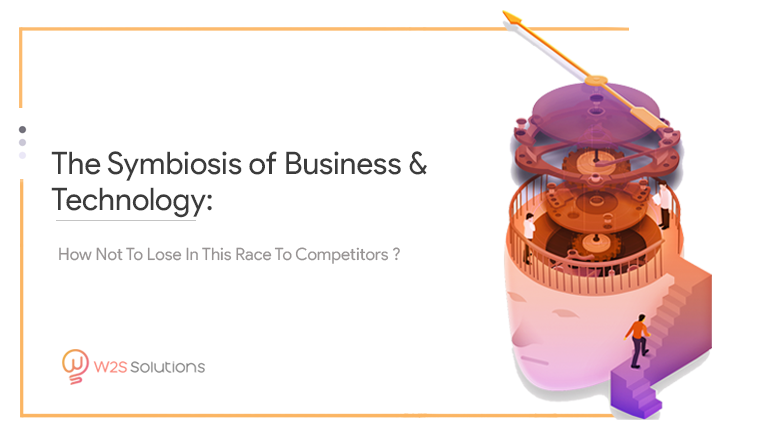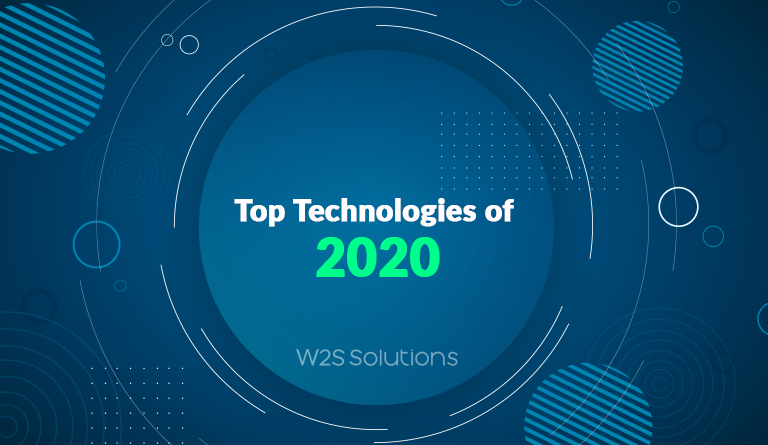The Age of Fintech: How Finance is Embracing Technological Change
The financial landscape has undergone a massive transformation in recent years, driven by advancements in financial technology (fintech). Fintech refers to the integration of technology into offerings by financial services providers to improve their use of financial services. This revolution is reshaping how banks and financial institutions operate, enabling them to offer more efficient, secure, and customer-friendly services. From mobile banking apps to AI-driven chatbots, fintech is not just about innovation, it is about making banking more accessible, secure, and tailored to the needs of today’s consumers. Collaborating with a fintech app development company has become a key strategy for many financial institutions looking to accelerate their digital transformation and stay ahead of customer expectations.
Transforming Banking with Fintech
Before fintech emerged, traditional banking was mostly centered around physical branches, long waiting times, and paper-based transactions. However, as the world became more digitally connected. With fintech, banks have been able to automate manual tasks, streamline operations, and offer services that weren’t possible before. Features such as mobile banking apps, and real-time payment processing have made banking more seamless and efficient. Let us explore some specific fintech innovations that are upscaling the banking industry.
Revolutionizing Payments and Security in Banking
One of the changes in the banking sector has been the introduction of smart cards. These cards use embedded microchips to provide a higher level of security compared to traditional magnetic stripe cards. The smart chip encrypts transaction data, reducing the risk of fraud. This technology is most commonly seen in credit and debit cards, where the chips offer better protection against identity theft.
Smartcards have made contactless payments a reality, allowing users to pay for goods and services by simply tapping their card. This has made payments faster and more convenient for consumers, especially in the COVID-19 pandemic when people were looking for safer, no-contact payment methods.
The Future of Secure and Seamless Banking
Biometric technology, including fingerprint recognition, facial recognition, and voice authentication, has also become an important part of the fintech revolution. Banks are increasingly adopting biometric systems to strengthen security and provide a smoother user experience.
Many banks now offer mobile banking apps that allow customers to log in using fingerprint or facial recognition instead of passwords. This adds a layer of security by making it harder for fraudsters to access sensitive financial information. Biometrics can reduce the need for users to remember complex passwords or carry multiple forms of identifications, simplifying the process of accessing financial services.
Moreover, biometric technology extends to physical branches where customers can authenticate themselves with a fingerprint or facial recognition, speeding up service time and reducing human errors. As a result, biometric solutions have become an essential part of the security infrastructure for banks and financial institutions worldwide.
Learn more: Digital Transformation for Retail Business: A Key to a Successful Journey
Enhancing Customer Interaction in the Financial World
Another fintech innovation that has made a significant impact on the banking industry is the use of chatbots. A chatbot is a software application designed to stimulate human conversation through text or voice interactions. By integrating AI, banks are using chatbots to provide instant customer service, answer queries, process transactions, and even offer financial advice.
Chatbots help banks enhance customer engagement by being available all time. They reduce the need for customers to wait in long queues or call centers, offering quick responses and solutions to common banking issues. A chatbot might assist customers in checking their account balances, transferring money, or resolving issues related to their account, all with the need for human intervention.
The efficiency of chatbots allows banks to manage customer service requests at scale while reducing operational costs. These bots can learn from customer interactions, improving over time, and offering increasingly sophisticated responses.
Omni-channel and Branchless Banks
The way people interact with banks has drastically changed, with the implementation of fintech. With the rise of smartphones and digital connectivity, banking customers are opting for online banking rather than visiting physical branches. This trend has led to the emergence of branchless banks.
Omni-channel banking is another innovation that integrates various banking channels into a seamless experience. Whether customers are using mobile apps, websites, or even calling the bank, they can expect a consistent experience across all touchpoints. This allows for greater flexibility and convenience, as customers can access their financial services whenever and wherever they want.
Branchless banks, which do not rely on physical locations, have grown popular because they offer reduced costs and are able to pass on these savings to customers. These banks also leverage cutting-edge technology to maintain security and customer service standards without the need for physical infrastructure.
The Convenience and Security Behind E-Wallets in Modern Finance
E-wallets have become a significant part of the fintech landscape. An e-wallet is a digital version of a physical wallet, allowing users to store money, and make payments. They can be used for online purchases, person-to-person transfers, and in-store payments through QR codes or NFC technology.
E-wallets such as PayPal, Google Pay, and others have become widely used for their convenience and security. These platforms often incorporate encryption technology and two-factor authentication to protect users’ financial information.
E-wallets are particularly popular among younger generations who prefer cashless transactions. They are also extremely useful for international transfers, as they offer competitive exchange rates and faster settlement times compared to traditional bank transfers.
Learn more: The Complete Guide for Financial Software Development for your FinTech Business
Conclusion
The fintech revolution is transforming banking by improving efficiency, customer experience, and security. Technologies like smart cards, biometrics, chatbots, omni-channel banking, and e-wallets are modernizing the industry. As technology advances, more innovations will simplify transactions, enhance access to services, and protect financial data. For banks, adopting fintech is crucial to stay competitive and meet customer expectations. Partnering with an experienced mobile application development company can provide the necessary technical expertise and innovation to drive these digital initiatives forward. For customers, it means faster, safer, and more convenient banking in a digital world.




